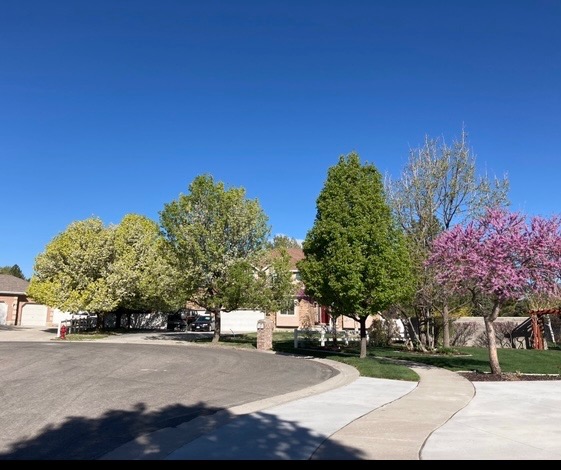Tree and Shrub Health Care
Our services are tailored to the specific needs of your landscape. We specialize in targeting and treating specific insect and disease problems to keep your trees healthy and prolong their life span.
An annual preventative maintenance tree care program from Arborcare tailored to the specific needs of your landscape is the best way to protect your trees from harmful pests and disease problems.
We begin by inspecting the trees and can provide a custom program to target potential problems that your trees and shrubs may be at risk for and recommend the proper treatments to keep them vibrant and healthy.
Integrated Pest Management
Integrated pest management, or IPM, is a process you can use to solve pest problems while minimizing risks to people and the environment. Correct pest identification and planning for long term prevention can be used to manage all kinds of pests anywhere–in urban, agricultural, and wildland or natural areas.
IPM is an ecosystem-based strategy that focuses on long-term prevention of pests or their damage through a combination of techniques such as biological control, habitat manipulation, modification of cultural practices, and use of resistant varieties. Pest control materials are selected and applied in a manner that minimizes risks to human health, beneficial and nontarget organisms, and the environment.
IPM programs combine management approaches for greater effectiveness
The most effective, long-term way to manage pests is by using a combination of methods that work better together than separately. Approaches for managing pests are often grouped in the following categories.
-
Biological control
-
Biological control is the use of natural enemies—predators, parasites, pathogens, and competitors—to control pests and their damage. Invertebrates, plant pathogens, nematodes, weeds, and vertebrates have many natural enemies.
-
Cultural controls
-
Cultural controls are practices that reduce pest establishment, reproduction, dispersal, and survival. For example, changing irrigation practices can reduce pest problems, since too much water can increase root disease and weeds.
-
Mechanical and physical controls
-
Mechanical and physical controls kill a pest directly, block pests out, or make the environment unsuitable for it. Traps for rodents are examples of mechanical control. Physical controls include mulches for weed management, steam sterilization of the soil for disease management, or barriers such as screens to keep birds or insects out.
-
Chemical control
-
Chemical control is the use of pesticides. In IPM, pesticides are used only when needed and in combination with other approaches for more effective, long-term control. Pesticides are selected and applied in a way that minimizes their possible harm to people, nontarget organisms, and the environment. With IPM you’ll use the most selective pesticide that will do the job and be the safest for other organisms and for air, soil, and water quality; use pesticides in bait stations rather than sprays; or spot-spray a few weeds instead of an entire area.
Flowering pear on left treated by Arborcare with iron-fertilizing soil treatments. Compare to neighbors flowering pear next to it not treated.

Flowering pear center right treated by Arborcare. Compare to neighbors flowering pears to left not treated.

